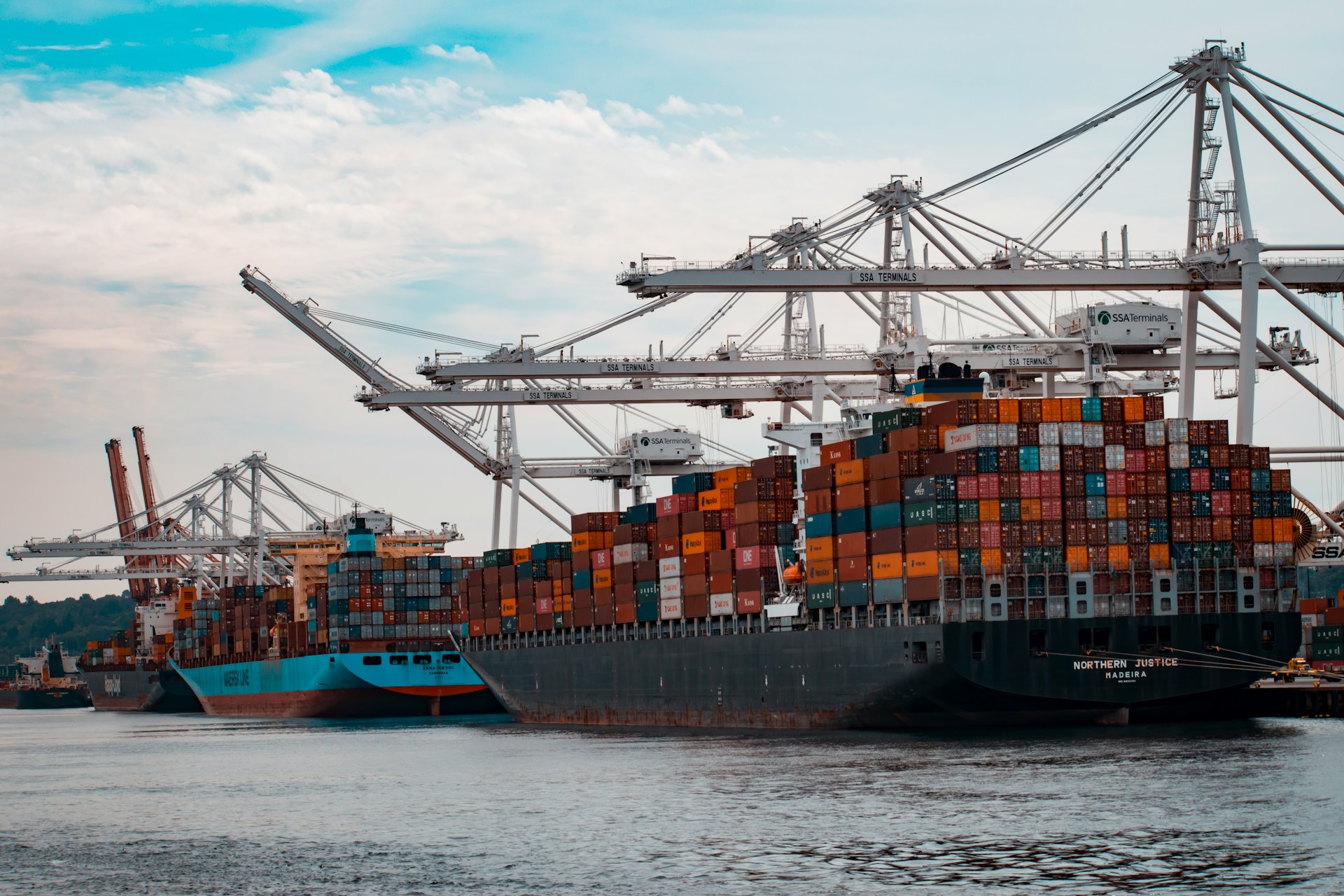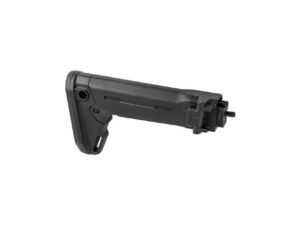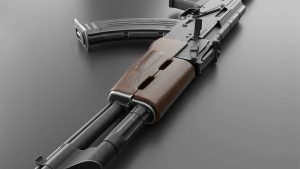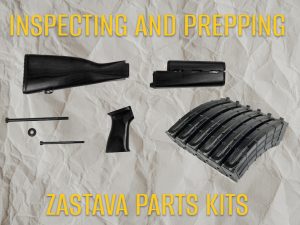Most people hear “export policies” and immediately want to take a nap. But when you’re a Zastava fan waiting on that sweet Serbian steel to hit American shores, those policies suddenly feel a lot more exciting… or frustrating, depending on the week.
Welcome to the world of Serbia–U.S. export policies—where politics, trade agreements, and licensing rules dance a chaotic tango, and where your next ZPAP M70 or a case of 7.62x54R might get stuck in a bureaucratic limbo because someone at a desk in D.C. didn’t check the right box.
But worry not. We’re here to break it all down—how these policies came to be, how they influence the flow of firearms and ammunition from Serbia to the U.S., and how Zastava is navigating it all like a champ. Grab your Kalashnikov (figuratively… for now), and let’s get into it.
A Quick History of Serbia–U.S. Trade Relations (A.K.A. Why This Even Matters)
Serbia and the U.S. share a long and complicated relationship. There’s World War I camaraderie, Cold War tension, and post-Yugoslavia rebuilding—all adding spice to their trade recipe. But in recent decades, Serbia has grown into a crucial exporter of defense products, including—you guessed it—firearms.
Zastava Arms, headquartered in Kragujevac, has been at the center of this growth. While Serbia’s economy remains export-oriented, the U.S. firearms market—arguably the largest in the world—continues to demand reliable, affordable AK-pattern rifles. And Zastava delivers just that.
Until the paperwork steps in and slows everything down.
What Exactly Are These Export Policies?
Export policies between Serbia and the U.S. refer to the regulations, permits, and trade agreements that govern the shipment of defense-related items—including semi-automatic rifles, parts, and ammunition.
On Serbia’s end, the government classifies Zastava products as strategic exports, meaning every shipment must pass through a lengthy approval process. The Ministry of Trade, Tourism, and Telecommunications oversees these licenses, working with the Ministry of Defense and the Ministry of Foreign Affairs to ensure no conflict of interest or breach of international agreements occurs.
Meanwhile, the U.S. requires an import permit through the ATF (Bureau of Alcohol, Tobacco, Firearms and Explosives), and all incoming shipments must comply with the International Traffic in Arms Regulations (ITAR). These policies aim to prevent illegal arms trafficking but can also create serious delays, even for fully legal, high-demand imports like Zastava rifles.
Trade Tensions and Their Ripple Effect
Add global trade tensions into the mix—sanctions, tariffs, geopolitical disagreements—and you’ve got a perfect storm for disrupted supply chains.
In recent years, the U.S. has imposed or lifted restrictions depending on shifts in foreign policy. Even if Serbia isn’t directly sanctioned, any regional instability (hello, tensions in the Balkans or neighboring zones) can cause the U.S. to take a more cautious approach to issuing import permits.
These shifts hit the Zastava pipeline hardest where it hurts: availability.
- Delays in imports mean less stock on shelves.
- Ammo shipments get postponed, causing prices to climb.
- Demand outpaces supply, which is great for hype, but bad if you’re on a waitlist.
And let’s not forget: in a world of increasing demand for Eastern European AKs, being late to market can cost a lot more than a few angry emails.
How Zastava Arms USA Tackles the Problem
Luckily, Zastava isn’t new to international trade headaches. In fact, they’ve been working around them for decades. And the solution? A bold move to the U.S.
The Zastava facility in Des Plaines, Illinois gives the company more control over product finalization, compliance, and distribution—all from U.S. soil.
Here’s how it helps:
- Domestic compliance upgrades (922r parts, trigger groups, etc.) happen stateside, streamlining approvals.
- Warehousing and logistics get faster. Once the rifles clear U.S. Customs, they’re ready to roll, not sit in a port for six weeks.
- Customer service and warranty work now operate from within the U.S., making life easier for American shooters.
It’s not just about convenience. This stateside presence also signals to regulators that Zastava takes U.S. laws and compliance seriously—building trust that helps keep the import pipeline open.
What About Ammunition?
Ah yes, ammo—the lifeblood of any AK. Serbia, particularly through manufacturers like Prvi Partizan (PPU), produces some of the most popular 7.62x39mm, 7.62x54R, and .308 rounds on the U.S. market.
But guess what? Ammo imports face all the same red tape as rifles do. Licenses, permits, end-user verification, you name it.
On top of that, U.S. policy shifts toward Russian and Belarusian manufacturers have created an ammo vacuum that Serbian producers try to fill. Demand has surged. But unless those Serbia–U.S. export policies play nice, supply bottlenecks hit hard.
And yes, that’s why your favorite online retailer sometimes shows “OUT OF STOCK” next to every flavor of 7.62.
What the Market Forecast Says
Before you lose hope, there’s good news. Zastava’s growing presence in the U.S. and rising demand for AK-pattern rifles mean the trade winds could be shifting.
The 2025 market forecast predicts a continued surge in interest for Eastern European AKs—especially as AR-15 fatigue sets in and more American shooters look for rugged, battle-proven alternatives.
This puts pressure on policymakers to streamline approvals, cut red tape, and open up trade lanes—especially with trusted allies like Serbia. After all, when demand is this high and manufacturers are this established, it makes sense to keep the rifles flowing.
Let’s face it: America wants its AKs, and Zastava is ready to deliver. All we need is fewer delays from folks in suits.
What Can Shooters Do?
Okay, you’re not a diplomat. You don’t work at the ATF (hopefully). But there are things you can do to help the flow of Zastava goods to your safe:
- Stay informed. Keep an eye on market conditions and trade updates. A little knowledge goes a long way.
- Support domestic facilities. Buying from Zastava Arms USA supports the brand’s investment in U.S. infrastructure.
- Be patient. That M70 or M91 is worth the wait. Trust us—just ask your shoulder after 40 rounds of 7.62x54R.
- Buy when available. If your favorite rifle or magazine is in stock, don’t wait. Supply gaps can happen overnight.
Wrapping It Up
The dance between Serbia–U.S. export policies isn’t always smooth, but it’s part of what shapes the firearms market we love. Behind every Zastava rifle sits a stack of paperwork, a line of customs agents, and a few government clerks arguing over commas in contracts.
But thanks to smart moves like the Des Plaines facility and consistent market demand, Zastava continues to deliver the goods—classic AK power with Serbian soul and American reach.
Need more proof?
Read about the 170-year journey from Kragujevac to Illinois and join a legacy that outlasts trade squabbles and shipping delays.
And hey, while you wait for your next mag drop—might as well clean your rifle. Just saying.



